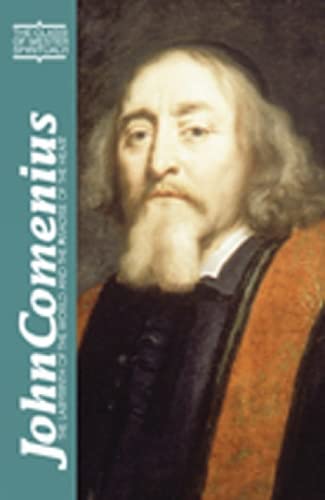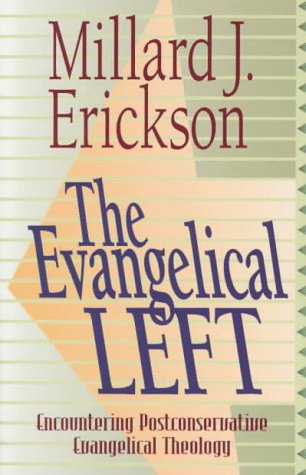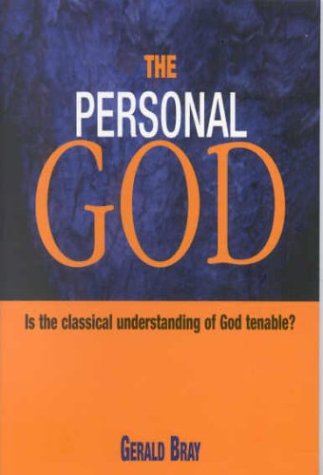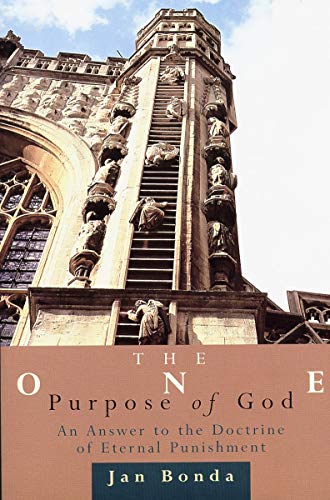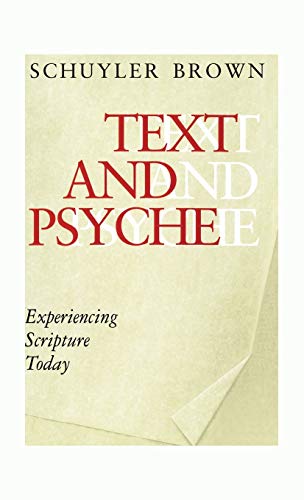Christ on Earth: The Gospel Narratives as History
Written by Jacob van Bruggen, trans. Nancy Forest-Flier Reviewed By Robert B. StrimpleThis book (originally published in Dutch in 1987 by J.H. Kok, Kampen, Netherlands, as Christus op aarde) presents a refreshingly ‘Back to the Future’ approach to the study of the life of Jesus. Van Bruggen (since 1967 professor of New Testament at the Theological University in Kampen) agrees with the many scholars who have concluded, after surveying the literature of the past half-century, that research into the personality and ministry of the so-called ‘historical’ Jesus has reached virtual gridlock. He illustrates the apparent hopelessness of the church today reaching any consensus regarding Jesus by sketching the widely diverse images presented in recent years by Herbert Braun (European Protestant), E. Schillebeeckx (modernistic Roman Catholic), Jon Sobrino (Latin American Roman Catholic liberation theology), David Flusser (Jewish), the Jesus Seminar in the United States, and the so-called ‘Third Quest for the Historical Jesus’.
Are the historical resources for the life of Jesus really that obscure? No, says van Bruggen! The problem is that some two centuries ago the Christian church’s study of the person whose name it bears was turned in the wrong direction by the post-Enlightenment historical criticism of the Gospels (Strauss Reimarus) and the later literary criticism (the two source hypothesis, William Wrede, form criticism, redaction criticism). Starting from the philosophical insistence that all history is ‘of a piece’ (i.e. non-supernatural, non-miraculous), the historical reliability of the Gospels was rejected out of hand and scholars were thrown back on their own subjective preferences to select the sources and rework the sources as their prejudices dictated. ‘The detachment from the Gospels has become so profound that the methodological-historical underpinnings of many modern images of Jesus are no longer derived from the Gospels but rather from one of the many hypothetical reconstructions of sources behind the Gospels … detachment from the four Gospels has become a kind of dogma. It may well be the only dogma that goes unchallenged in modern theology’ (22–23).
But it is van Bruggen’s purpose to challenge that dogma, and to do so by offering what must now be considered (in academic circles at least) the ‘revolutionary’ proposal that we take our start from the possibility that the Gospels are reliable historical sources that present a clear and plausible picture (historically, psychologically and sociologically plausible) of the life on this earth of the Jesus worshipped and served by the church as the Christ, the eternal Son of God. And he does this by a method that must be considered as revolutionary as his basic thesis; i.e., not by focusing on the picture of Jesus presented by one of our four canonical Gospels, or by each of the Gospels in turn, perhaps each in a different chapter—but rather by presenting a harmony of the Gospels and the image of Jesus that results from listening to the symphony presented by all four Gospels together and not merely the individual parts. A Gospel harmony?As van Bruggen himself acknowledges, the very suggestion seems hopelessly ‘old-fashioned and unscholarly’ (74). But unscholarly he is not (a simple review of the Bibliography of the works with which he interacts will make that clear), and so powerful is the portrait of Christ that emerges that his book may well serve to rehabilitate the ‘harmony’ approach, at least among evangelicals.
This is not to deny that there are some controversial positions taken which many will not find fully convincing: e.g., first, the suggestion that Luke’s was the first of our Gospels to be written and published; second, the insistence that the first three gospels give no evidence of any literary interdependence; and finally, uniform acceptance of the readings found in the ‘majority’ of manuscripts (e.g., at Mark 16:9–20 and John 7:53–8:11) rather than in what most textual critics view as the ‘earliest and most reliable manuscripts’ (NIV). But reading this book will be an edifying and faith-strengthening experience for any believer, especially for one who has been exposed to the acids of modern Gospel criticism; and it is highly recommended.
Robert B. Strimple
Westminster Theological Seminary, California



